My Winforms app reads from an .STL (stereolitography) file a 3D model (a set of points with XYZ coordinates) given from a 3D scanner. Scanned object is a platform (parallelepiped) on which some multifaceted grains are located. Platform surface can be considered flat and that platform lies on the table (it's surface also can be considered flat).
3D model is tilted along the X and Z axes:
I need to align it horizontally on the X and Z axes as if the platform is parallel to the ground (by adjusting Y coordinate of points):
I suspect it's a standard math problem - but I am not a math expert. So I'm looking for an algorithm or formula.
If it simplifies the task - the point of the geometric center along the X and Z axes (Pcenter) is definitelly located on the platform top surface. And it is necessary to rotate 3D model around Pcenter so that all points located on platform top surface have the same Y coordinate (Pcenter.Y).

